Here’s something useful for new nurses — a guide to medications for nurses. A nurse’s shift never ends without preparing and giving medications to patients. For this reason, mastering every little detail about medication preparation and administration is essential in improving your skill competency as a nurse.
To help you with this endeavor, here’s your complete guide in giving medications.
Types of Drug Preparations
Medications come in different kinds and forms. Here are the most common types of drug preparations:
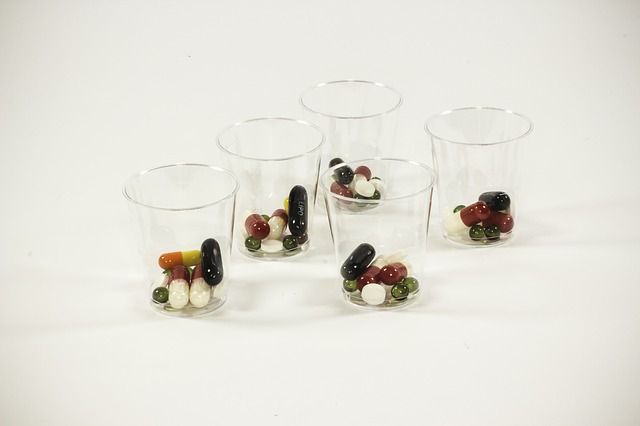
Enteral Preparations
• Tablet – a powdered drug preparation compressed into a hard disc.
• Capsule – a powdered or gel-type drug enclosed in a gelatinous container.
• Sustained-release – a tablet formulated with a special coating to allow the controlled-release of the drug in the digestive tract.
• Suspension – one or a combination of two or more drugs dissolved in water.
• Syrup – a drug dissolved in a thick and sweet solution to mask any unpleasant taste.
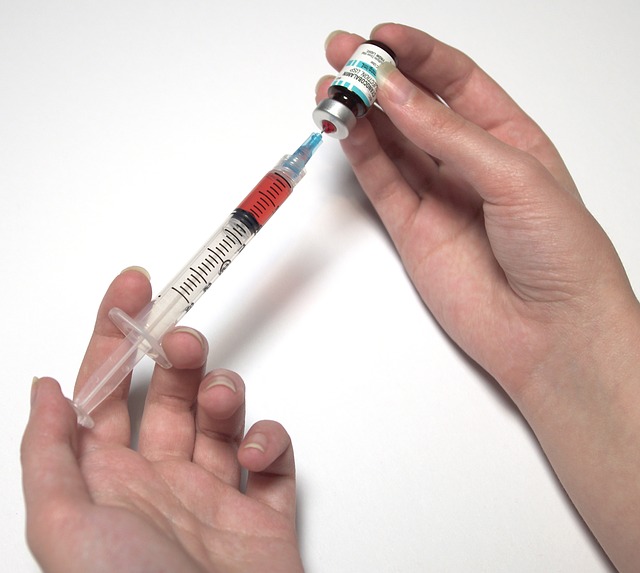
Parenteral Preparations
• Liquid- liquid drugs for parenteral administration are stored in ampoules, vials, IV bags, prefilled syringes, and cartridges. They need to be diluted or reconstituted before administration.
• Lyophilized – lyophilized drugs are stored in cartridges, vials, prefilled mixing systems, and dual-chamber syringes. These drugs are freeze-dried and needed to be reconstituted before administration.
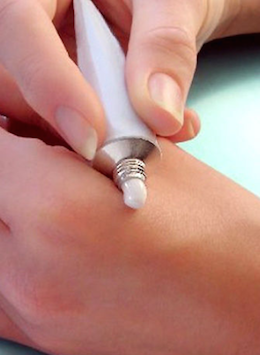
Topical Preparations
• Gel – a sticky substance that liquefies upon skin contact.
• Cream – a combination of oil and water in equal proportions that penetrates the stratum corneum well.
• Ointment – A combination of 80% oil and 20% water, ointments are effective against moisture loss.
• Transdermal patch – a semi-permeable membrane that sticks on the skin well for controlled release of enclosed drug into the skin.
Routes of Administration
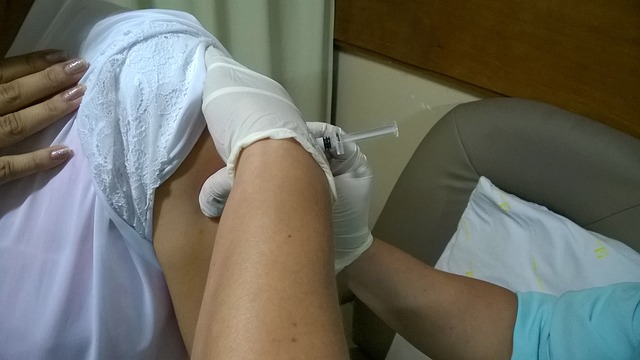
Drugs are given in varied ways to maximize effectiveness and efficiency. Here are the most commonly used routes of administration when giving medicines to patients:
• Per orem
This is the simplest and most common route of medication administration. The patient will just need to take the drug by mouth and ingest it.
• Sublingual
A pill or a small tablet needs to be dissolved under the tongue or between the cheeks for immediate absorption and effect.
• IV push
A parenteral drug preparation needs to be reconstituted to be administered directly to the vein or to the IV line. Not all parenteral drugs can be given through IV push and some preparations need to be administered slowly. Read the drug’s literature well before giving it through IV push.
• IV infusion
A drug is reconstituted to a 100-1000 ml of saline or any other ordered parenteral fluid. The reconstituted drug is prepared to be infused at an ordered rate per hour through an IV pump. It is usually hooked as a side drip in a mainline.
• Subcutaneous injection
A small needle is used to administer the drug into the subcutaneous tissue. The syringe is tilted in a 45-degree angle to successfully inject the drug into the fatty layer of the skin.
• Intramuscular injection
The drug is given into the muscle. The syringe is tilted in a 90-degree angle to inject the medication directly to the muscle.
• Intradermal injection
The drug is given just underneath the skin layer. The syringe is tilted in a 15-degree angle to inject the drug directly under the skin. A small bleb should be formed as a sign of successful administration.
• Transdermal
The transdermal route enables drug absorption in the skin. The medication, in liquid form, is encased in an adhesive patch with a semi-permeable membrane. By sticking the adhesive patch into the skin, the medication is absorbed transdermally.

12 Rights of Medication Administration
In discussing medications for nurses, ensuring the patient’s safety is always a priority. Here are the eight “rights” that you need to remember when giving medications to your patients:
1. Right client
Do:
- Have the patient state his or her name.
- Check the ID bracelet.
- Call the patient by name before giving the medication.
- Double-check orders.
Don’t:
- Never ask a yes or no question when verifying your patient’s identity.
- Always have them tell you their full name.
- Don’t rely on the names written on the bed or room door.
2. Right Drug
Read and re-read the medication’s label before administration.
Check the following:
-date and time the order was written
-name of the drug
-prescribe dosage
-frequency of administration
-route of administration
-doctor’s signature
3. Right preparation
Always check the exact drug preparation ordered by the doctor. Administering the wrong preparation may cause delayed or negative results when administered to the patient.
4. Right dose
- Review drug calculation formulas.
- Be familiar with conversion equivalents for units.
5. Right time
- Follow your hospital’s standard protocol.
- Know the standard timing and their Latin abbreviations:
OD- once a day
BID- twice a day
TID- three times a day
QID- four times a day
PRN- as needed
STAT- immediately
6. Right route
The most common routes of drug administrations have been discussed earlier. A lot of drugs have different preparations. Being familiar with them can help you avoid medication errors.
7. Right reason
As a rule of thumb, you should never give any medicine when you’re not sure what it’s for. As a nurse, you should always know the rationale behind the physician’s order for it.
Apart from that, you should also know its action, potential side effects, and pharmacokinetics.
8. Right education
Tell your patient everything they need to know about the drug. Share how it works and why it was ordered by the patient. It’s also important to tell the patient about its intended effects and potential side effects.
9. Right history and assessment
Before giving any drug to your patient, it’s important to assess his or her condition first. For example, if you were asked to administer Furosemide or Captopril, you should check for the patient’s blood pressure level first.
10. Right to refuse
Your patient has autonomy. Considering that, you need their permission before you administer any drug.
For this, you need to be familiar with your hospital’s protocol regarding refusal. Your hospital may require your patient to write about it. Additionally, you should also be clear about your hospital’s protocol regarding patients who do not have autonomy such as those who aren’t of sound mind.
11. Right response
Your job doesn’t end with drug administration. As a prudent nurse, you also have to assess your patient’s response to the drug.
12. Right documentation
To ensure continuity of care, you need to document everything medically relevant about the patient that you observed before, during, and after drug administration.
A Few More Reminders
• Compatibility
When giving an unfamiliar medication, it is best to read a drug handbook first before administration. Check for drug incompatibilities especially when giving it through the intravenous route.
This is important because some parenteral medications are not compatible to be administered in an IV line with ongoing drug incorporation. In cases such as these, you might need to start another IV line.
• Crushing medications
Pediatric and geriatric patients usually have difficulty swallowing medications. Before crushing drugs and mixing them in applesauce, make sure that this practice is not contraindicated to the drug’s efficacy.
Sustained-release tablets, chemo drugs, and capsules should NOT be crushed as their efficacy can be altered.
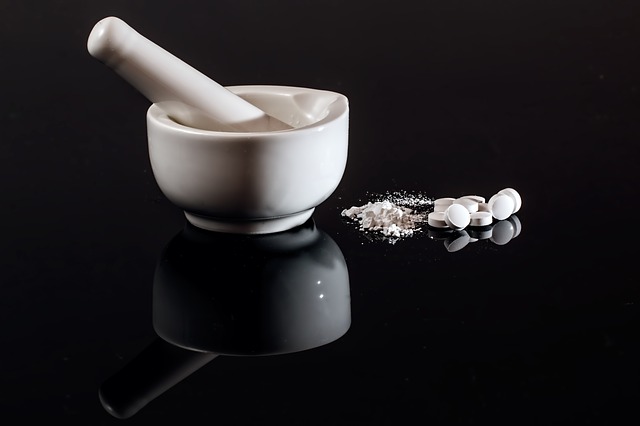
With this guide to medications for nurses, are you now more confident and knowledgeable in giving medications to your patients? To enrich your knowledge every day, develop the habit of reading the drug handbook for every new medication you are about to give. Arming yourself with the right knowledge is your best protection against the possibility of committing medication errors in the future.



















